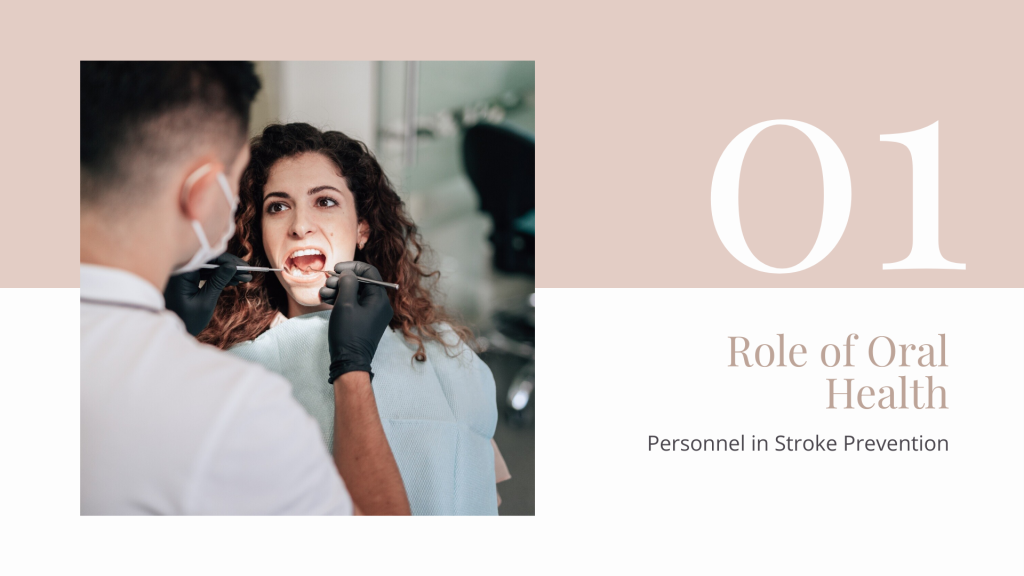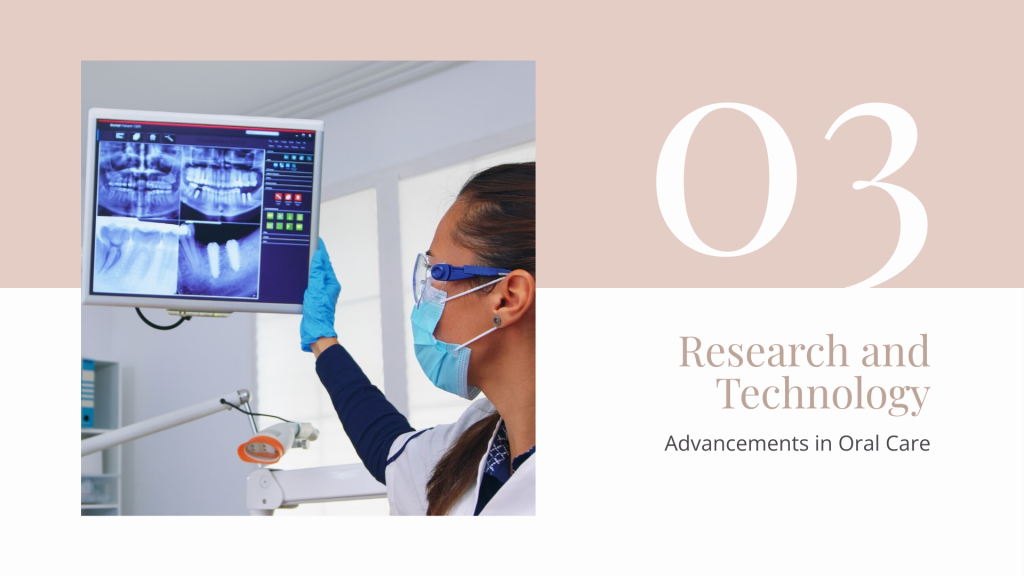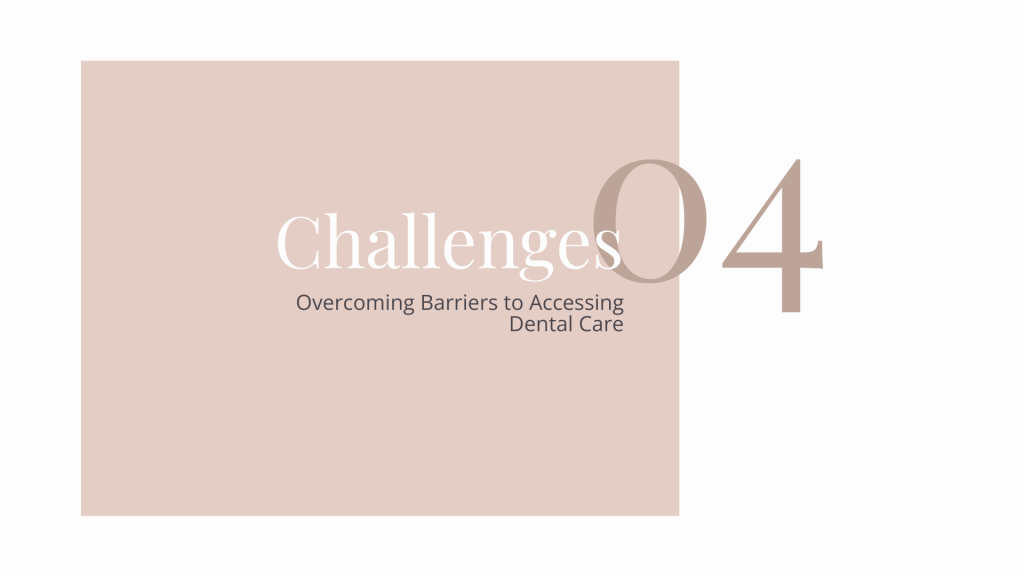Good oral health is more than just maintaining a bright smile; it can also be a key factor in reducing the risk of serious health issues, including stroke. Research shows that poor oral hygiene, especially conditions like gum disease and inflammation, can contribute to cardiovascular problems. But what role do oral health professionals, such as dentists, hygienists, and dental assistants, play in stroke prevention? In this blog, we’ll explore A Role For Oral Health Personnel In Stroke Prevention and why maintaining oral hygiene is critical for overall well-being.
Understanding the Link Between Oral Health and Stroke
To understand how oral health personnel can help prevent strokes, it’s essential to recognize the relationship between oral health and cardiovascular conditions. Stroke occurs when blood flow to the brain is interrupted, often due to blocked arteries. Surprisingly, poor oral health can contribute to this problem.
Gum disease, or periodontal disease, leads to inflammation in the gums and tissues supporting the teeth. This inflammation can allow harmful bacteria to enter the bloodstream, contributing to atherosclerosis—a condition where plaque builds up inside arteries, increasing the risk of stroke. Studies have shown that individuals with gum disease are at a higher risk of suffering from a stroke due to the inflammation and bacteria that impact blood vessel health.

The Role of Oral Health Personnel in Stroke Prevention
1. Early Detection of Oral Diseases
Oral health professionals, including dentists and hygienists, are skilled in detecting early signs of gum disease and other oral health problems that may contribute to stroke. During routine dental visits, they examine the gums, teeth, and mouth for inflammation, bleeding, or infections, which are often indicators of periodontal disease. Early detection and treatment of gum disease can significantly reduce the risk of systemic inflammation that leads to cardiovascular problems.
By identifying oral health issues in their early stages, oral health personnel play a proactive role in protecting patients from long-term health risks, including stroke.
2. Patient Education
Another important role oral health professionals play is in educating patients about the connection between oral hygiene and stroke prevention. Many people are unaware that taking care of their teeth and gums can reduce their risk of a stroke. Dental personnel educate patients on proper brushing and flossing techniques, the importance of regular dental visits, and lifestyle factors—such as smoking and poor diet—that can exacerbate oral and cardiovascular health issues.
By offering advice on maintaining a healthy lifestyle, oral health personnel help patients not only improve their oral hygiene but also reduce their risk of stroke.
3. Interprofessional Collaboration
Oral health professionals often work closely with other healthcare providers to manage patients at high risk of stroke. Dentists may collaborate with cardiologists, family physicians, and other specialists to ensure that patients with cardiovascular conditions receive comprehensive care. For patients who are already at risk of stroke, this collaboration ensures that oral health is not overlooked as part of their overall health management plan.
For example, dental professionals may share findings on oral inflammation with medical teams to help them monitor and manage conditions that could lead to a stroke. Such interdisciplinary efforts provide a more holistic approach to stroke prevention.

Preventive Measures Implemented by Oral Health Professionals
1. Regular Dental Check-ups and Cleanings
Routine dental visits are crucial for preventing and managing oral diseases. Dentists and hygienists play a pivotal role in cleaning teeth to remove plaque and tartar, which contribute to gum disease. Regular cleanings reduce the risk of infections and inflammation that may affect the heart and blood vessels.
Furthermore, these check-ups allow dental professionals to track the patient’s oral health and intervene early if any signs of gum disease or inflammation are present.
2. Customized Oral Care Plans
Oral health personnel develop personalized care plans based on each patient’s unique needs. These plans include recommendations for better oral hygiene habits, dietary changes, and, in some cases, special treatments to reduce inflammation and infection risks. For patients with pre-existing cardiovascular concerns, customized care may also involve more frequent dental visits and treatments designed to lower the chance of oral infections that could impact stroke risk.
3. Use of Anti-inflammatory Treatments
In cases where gum disease is already present, oral health professionals may use specific treatments to reduce inflammation and limit the spread of harmful bacteria. Antibiotics, antimicrobial mouthwashes, and non-surgical periodontal therapies are often employed to treat moderate to severe gum disease. By reducing inflammation, oral health personnel help prevent the escalation of oral infections that could negatively impact cardiovascular health and lead to stroke.

Advancements in Research and Technology
Recent research continues to strengthen the connection between oral health and stroke prevention. Oral health personnel are equipped with the latest diagnostic tools to detect inflammation and gum disease more effectively. Technologies such as digital X-rays, periodontal probing, and salivary diagnostics allow dental professionals to assess the risk factors that may lead to strokes.
New studies also highlight the importance of oral-systemic health—the concept that oral health is interconnected with overall health. This ongoing research encourages healthcare providers to collaborate more closely, ensuring that patients receive comprehensive care that addresses both their oral and systemic health.
Case Studies: Success Stories
One example of the impact oral health personnel can have on stroke prevention comes from a patient with a history of gum disease. The patient received regular periodontal treatments and followed an oral care plan designed by their dentist. Over time, not only did the patient’s oral health improve, but their overall inflammation levels decreased, reducing their cardiovascular risks, including the risk of stroke.
This success story is not unique. Many patients who improve their oral hygiene and receive timely dental care experience better health outcomes, including a lower risk of cardiovascular issues like stroke.

Challenges and Solutions
1. Overcoming Barriers to Accessing Dental Care
Despite the crucial role that oral health personnel play in stroke prevention, many people face barriers to accessing dental care. High costs, lack of insurance, and limited availability in certain areas can prevent patients from receiving the preventive care they need. Dental professionals and public health advocates are working to improve access by offering affordable care options, community outreach programs, and educational campaigns.
2. Enhancing Communication Between Health Disciplines
Improving collaboration between dental and medical professionals remains a challenge in many healthcare systems. To bridge this gap, dental and medical teams are encouraged to share patient data, communicate more frequently, and take an integrated approach to managing oral and systemic health. This level of collaboration can lead to earlier detection of stroke risks and more comprehensive prevention strategies.
Conclusion
Oral health personnel play a vital role in stroke prevention by detecting oral diseases, educating patients, and working alongside medical professionals to ensure comprehensive care. The connection between oral health and cardiovascular conditions, such as stroke, highlights the importance of regular dental visits and proper oral hygiene.
By maintaining good health and seeking professional care, patients can reduce their risk of stroke and protect their overall well-being. So, next time you visit your dentist, remember that your oral health may be playing a bigger role in your health than you think.
FAQs
1. How does gum disease increase stroke risk?
Gum disease causes inflammation and allows harmful bacteria to enter the bloodstream, contributing to atherosclerosis, which can block blood flow and increase stroke risk.
2. Can regular brushing and flossing reduce my risk of stroke?
Yes, maintaining good oral hygiene helps reduce gum disease and inflammation, which are linked to stroke.
3. Should I inform my dentist about my family history of stroke?
Yes, your dentist can consider this information and tailor your oral care to reduce risk factors.
4. Are there specific dental treatments that help in stroke prevention?
Yes, treatments to reduce gum inflammation and prevent oral infections can lower your risk of cardiovascular issues, including stroke.
5. How often should I visit the dentist for optimal health?
It’s recommended to visit the dentist every six months for routine check-ups and cleanings, but patients at higher risk may need more frequent visits.


